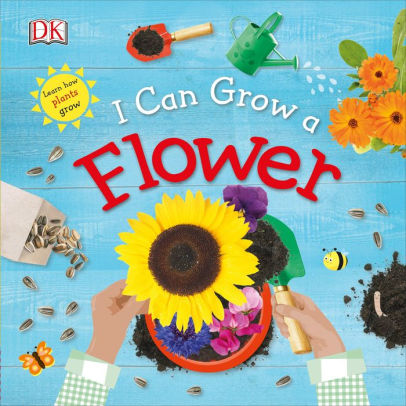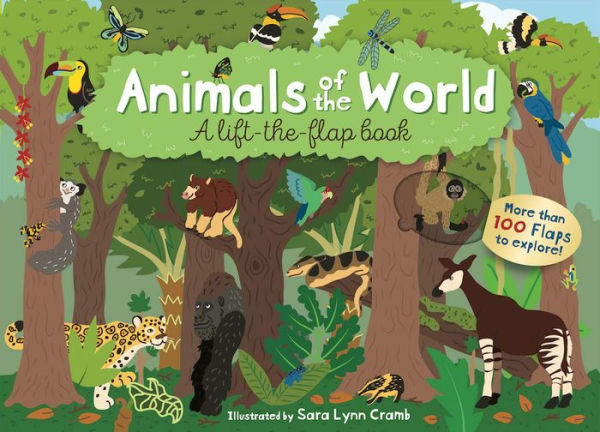Paris, 7 a.m. is a fictionalized account of American poet Elizabeth Bishop's travels in France in 1937. Until reading this novel by Liza Wieland, I had never heard of Elizabeth Bishop and I had to do some investigating afterwards. Bishop was born in Nova Scotia in 1911; her father died before her first birthday and her mother was institutionalized a few years later. Her years at Vassar were formative and Liza Wieland's novel, Paris 7 a.m., begins with Elizabeth's time at Vassar. The bulk of the novel is devoted to the year 1937, the only year for which Elizabeth did not keep a diary. Elizabeth and her college roommates explore Paris, venture to the French countryside, and dabble in artistic and political circles. The protective environment of Vassar is gone and the changing political tide of WWII looms large.
I had trouble really getting into this novel. Wieland's prose is impressionistic and atmospheric. What Elizabeth can and chooses to divulge about her time in France, her relationships, and a secret errand are nuanced.
https://www.poetryfoundation.org/poets/elizabeth-bishop
Thursday, July 11, 2019
Friday, July 5, 2019
Nature books for children
Following my last post about A Year with Nature by Marty Crump, I wanted to write about children's books about animals, plants, nature, and ecology. Both of my children love animals and the majority of our books are about animals. We love fanciful and made-up animals, but all of the books on this list feature animals and plants taken from the natural world. These realistic books are also in keeping with the Montessori philosophy and my attempt to make a more Montessori-friendly environment at home.
- I Can Grow a Flower is a DK book. The book included a height chart and has flaps to open. I put this book out on our shelves in the spring in anticipation of the planting season.

- Animals of the World: A Lift-the-Flap Book Illustrated by Sara Lynn Cramb. The first double-page features a map of the world with animals from each continent/region. Subsequent two-page spreads show animals of the rain forest, ocean animals, polar animals, forest animals, and grassland animals. Because the animals are divided up according to the type of environment they live in, there is an interesting mix of animals on each page. For example, tropical and temperate grasslands are together so bison, meerkats, and tigers are all lumped together. This presentation of habitats and animals does allow children to make comparisons between seemingly different animals: one could ask what features grassland animals have in common. Also, there is a flap that discusses threats such as poaching, hunting, deforestation, and global warming that threaten animals in a given habitat.

- Big Book of Animals by Igloobooks. An encyclopedia-type book for school-aged children. Entries include: slugs and snails, squid and octopuses, 8 different groups of birds, pandas and raccoons, cattle, monkeys and baboons, new world monkeys, apes, dogs and foxes, and many more. Animals are presented in families; snails and slugs are gastropods; squid and octopuses are cephalopods. Has lots of facts about animals.

- Snakes an Usborne Discovery book with additional content available online. I picked this up from a Little Free Library. I also picked up a book about spiders, but the spider on the cover is frankly quite hideous.

- Swirl by Swirl: Spirals in Nature by Joyce Sidman and pictures by Beth Krommes. This is one of our favorite books. "A spiral is a snuggling shape...waiting for a chance to expand." So begins Swirl by Swirl; we see a bullsnake, a harvest mouse, a chipmunk, and a groundhog curled up and on the next page, they have all uncurled. Other pages feature nautilus shells, the horns of merino sheep, various flowers, a funnel cloud, the crest of a wave. This book encourages children to find patterns in nature.


- Birds a National Geographic Kids Look and Learn book. The National Geographic Look and Learn series is perfect for toddlers and younger children. Birds focuses on colors and different features of birds. Other titles include: dogs, bugs, people, patterns.


- National Parks of the U.S.A by Kate Siber and Illustrated by Chris Turnham. This book is beautiful. My children are not quite old enough for this book yet, but my four-year-old enjoys reading about the different animals found in each of the parks and looking for her favorites. The book is arranged East to West. The tour of the National Parks begins with Acadia, Shenandoah, Congaree, Biscayne, Great Smokey Mountains, Everglades, and Dry Tortugas National Parks. The tour then heads to the central United States, to the Southwest, the Rocky Mountains, the West, Alaska, and finally the Tropics. This book is perfect if you are planning a trip to one or more of the National Parks.



- Story Worlds Nature created by Thomas Hegbrook. We checked this out from the library today. This book has no words only pictures and children are invited to make up stories about what they see. The book begins with the epithet "Look deep into nature, and then you will understand everything" by Albert Einstein. At the end of the book, there is an index of sorts with a smaller version of each picture accompanied by a caption explaining its content. You could use this as a way to "check" your child's story or use the caption as a starting point.

- World, World, What Can I do? by Barbara Shook Hazen. This picture book introduces children to the idea of conservation and being custodians of the Earth. "World, world what can I do? How can I help take care of you?" Children read about not littering on the playground, letting flowers grow instead of picking them, putting out campfires, feeding the birds, and more. The places presented are familiar to children: the backyard, playground, beach, and forest. Compassion for friends is also taught.

- The Lorax by Dr. Seuss. The Lorax is a fanciful creature, but Dr. Seuss' message is timeless and never more pertinent than now. My daughter has memorized large portions of this and loves to hear our Lorax and Onceler voices. Actually, there is evidence that Dr. Seuss based The Lorax on his own experiences. Dr. Seuss had been struggling to preserve eucalyptus trees in La Jolla, CA, but couldn't find a way to make his ecopolitical message resonate with authorities. On a trip to Kenya, he and his wife, Audrey saw patas monkeys. The Lorax's dark eyes, Confucian whiskers, and hooded face are very similar to the atas monkey, as is the Lorax's sawdusty sneeze is reminiscent of the patas monkey's wheezy call. The patas monkey's diet is mostly comprised of the whistling thorn acacia. As the conservationist movement took off in the 1970s, Dr. Seuss' The Lorax set the tone for how conservationist messages should be conveyed. https://www.smithsonianmag.com/science-nature/new-research-suggests-dr-seuss-modeled-lorax-on-this-real-life-monkey-180969692/

Subscribe to:
Comments (Atom)
